Ding dong, the Army Physical Fitness Test is almost dead.
Yes, a new fitness test is here, but don’t panic: It’ll be a couple more years before you’re taking it for the record.
Army officials unveiled a new gender- and age-neutral PT test on Monday, and it’s set to replace the run/sit-ups/push-ups protocol that soldiers have known and hated for the past four decades.
The new test is expected to be rolled out by late 2020.
The reason for that, the head of the Center for Initial Military Training told Army Times in a Friday phone interview, is an upcoming year-long field study to determine how to grade the new six-event Army Combat Fitness Test, and how it will affect personnel policies like promotions and separations.
That study will begin this October, Maj. Gen. Malcolm Frost said, bringing the new regimen to about 60 battalions across every unit type in the Army.
“This is a generational, cultural change in fitness for the United States Army, and will be a cornerstone of individual soldier combat readiness,” Frost said. “That’s how big this is for the Army.”
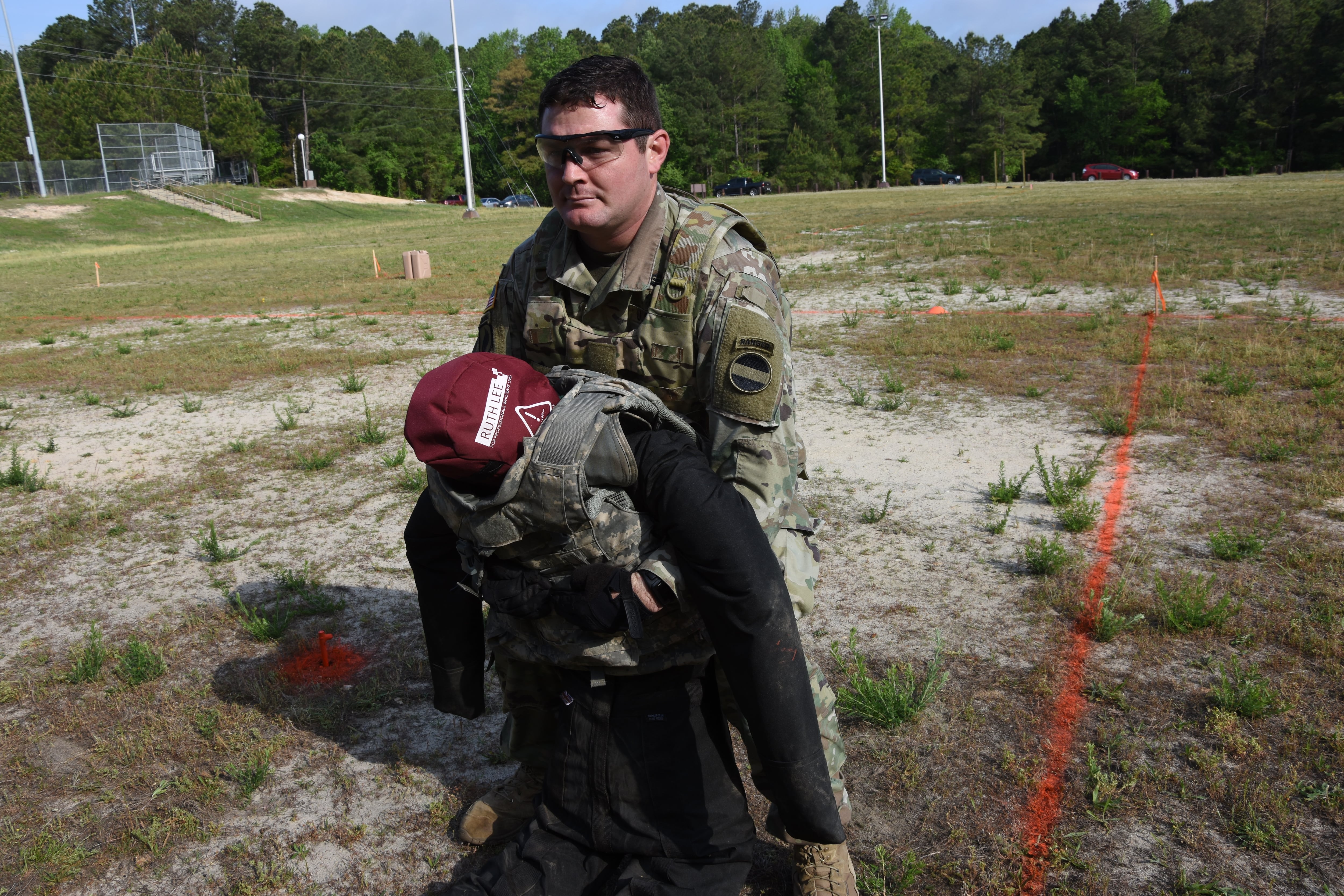
This is what the test will look like:
- Deadlift between 120 and 420 pounds, depending on the individual soldier. You must do three reps in five minutes.
- Two-minute rest.
- Standing power throw. You’ll be required to toss a 10-pound medicine ball overhead and backward. You’ll have three minutes to make one practice throw and two for a grade. The longest distance is recorded.
- Two-minute rest.
- Hand-release push-ups. You lower your chest to the floor and lift your hands off the ground between each rep. You’ll be required to do the most reps in three minutes.
- Two-minute rest.
- Sprint-drag-carry. In four minutes, you will go 25 meters out and 25 meters back five times. Each iteration will include a different activity: sprint, drag a sled, run a lateral shuffle, carry two 40-pound kettle bells, then sprint again.
- Two-minute rest.
- Leg tuck. You will be required to hang from a pull-up bar and with your body parallel, then pull knees to your elbows for as many reps as possible in two minutes.
- Five-minute rest.
- Two-mile run on a track or a paved, level road, with a 20-minute maximum.
All told, the ACFT predicts with 80 percent accuracy whether a soldier will be effective in combat, Frost said, compared with 40 percent for the APFT.
The new test’s work-to-rest ratio is also three times that of the APFT, which was generally broken up in a sit-ups and push-ups portion and a long break before the run. Now, there will be a continuously running clock with a 50-minute limit.
“As we look at, at least maintaining, if not gaining, overmatch with our competitors ... this test will allow us to do that from a physical standpoint with our soldiers,” Frost said.
And though this is the PT test’s first total overhaul in 38 years, he told reporters on Monday, it’s not the first change to the Army’s fitness requirements.
“PT standards have been changed six times,” since the APFT was rolled out in 1980, he added.
The long road
The Army has been working on a new PT test of record for six years, Frost said, starting with a baseline soldier readiness requirements study. The effort had a false start in 2013, when the service scrapped a prospective test after completing a pilot.
But the idea didn’t go away. The service unveiled the Occupational Physical Assessment Test in early 2017, a relatively basic four-event test that recruits now have to pass to determine if they can join the Army, and what kind of job they can do once they’re in.
By 2017, it was on to the next step, when Training and Doctrine Command and Army Forces Command were tasked to each come up with a test that built on the occupational nature of OPAT for soldiers in combat.
They had freedom to design the what and how, while creating a regimen that tested multiple domains of fitness ― where the APFT had, to much objection from fitness experts, only measured cardiovascular and muscular endurance.
What they created rounds all of the bases, from endurance to muscular strength, explosive power, speed, agility, flexibility and balance. The events were meant to simulate movements under fire, loading heavy weaponry and dragging casualties to safety, among others.
TRADOC developed the Army Combat Readiness Test, which looks very much like what’s now the ACFT, while FORSCOM piloted the Soldier Readiness Test.
RELATED
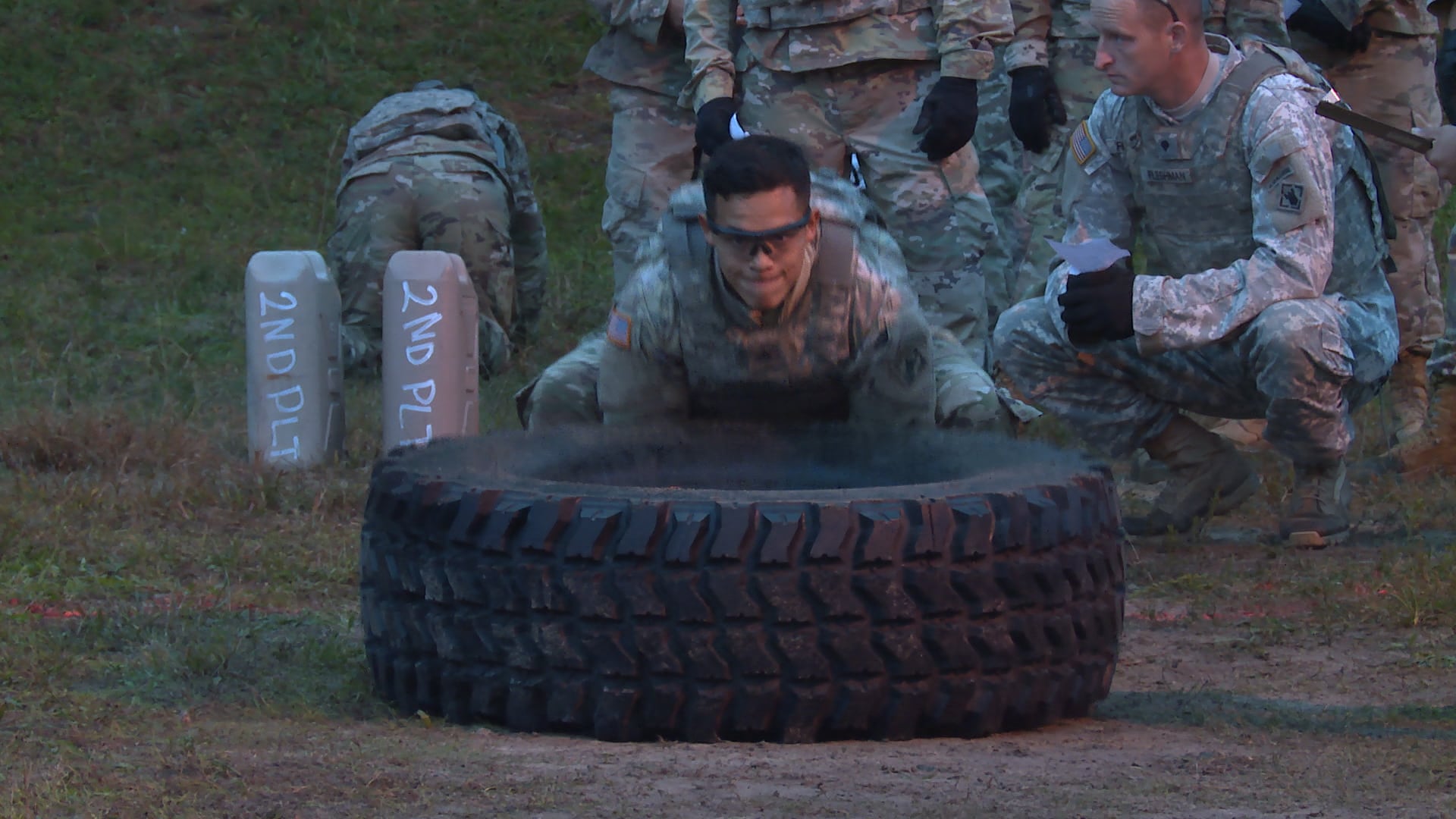
The SRT was marketed differently, as a test to be given at a commander’s discretion and for his or her own awareness, rather than something with individual scoring and potential career repercussions.
“Commanders have always had the ability to do more physical testing, whether it’s an obstacle course, whether it’s a road march,” Frost said of the decision to stick with an APFT-style scoring policy.
SRT was also a more field-based challenge using props like sandbags and water cans, performed in a combat uniform and capped off with a trail run in helmet and body armor.
In the end, however, senior leaders settled on keeping PT uniforms for the new test, if only to encourage soldiers to incorporate test prep into their daily workouts and prevent any injuries while doing it.
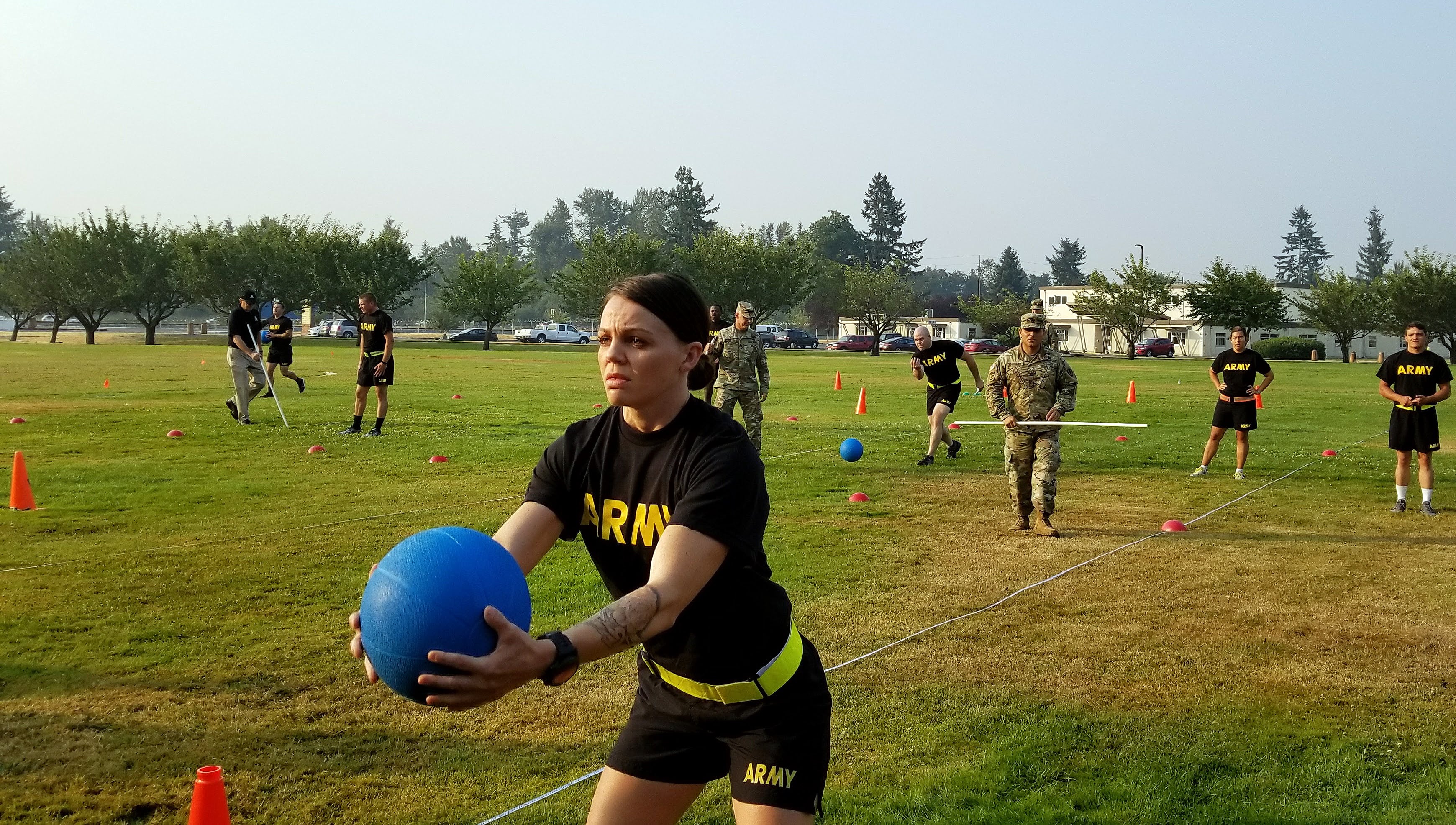
Leadership also felt strongly about keeping the run event, despite protestations from some corners that no one runs in combat.
In short, a fitness test of record has to test both soldier skills and baseline health, which is where the run comes in.
And while something like a loaded road march could get soldiers huffing and puffing enough to test their lungs and heart, it would take a lot longer than 50 minutes total, Frost said.
The next step
Now that the test itself is decided on, the Army is gearing up to kick off another round of piloting, from October 2018 to October 2019, Frost said.
RELATED
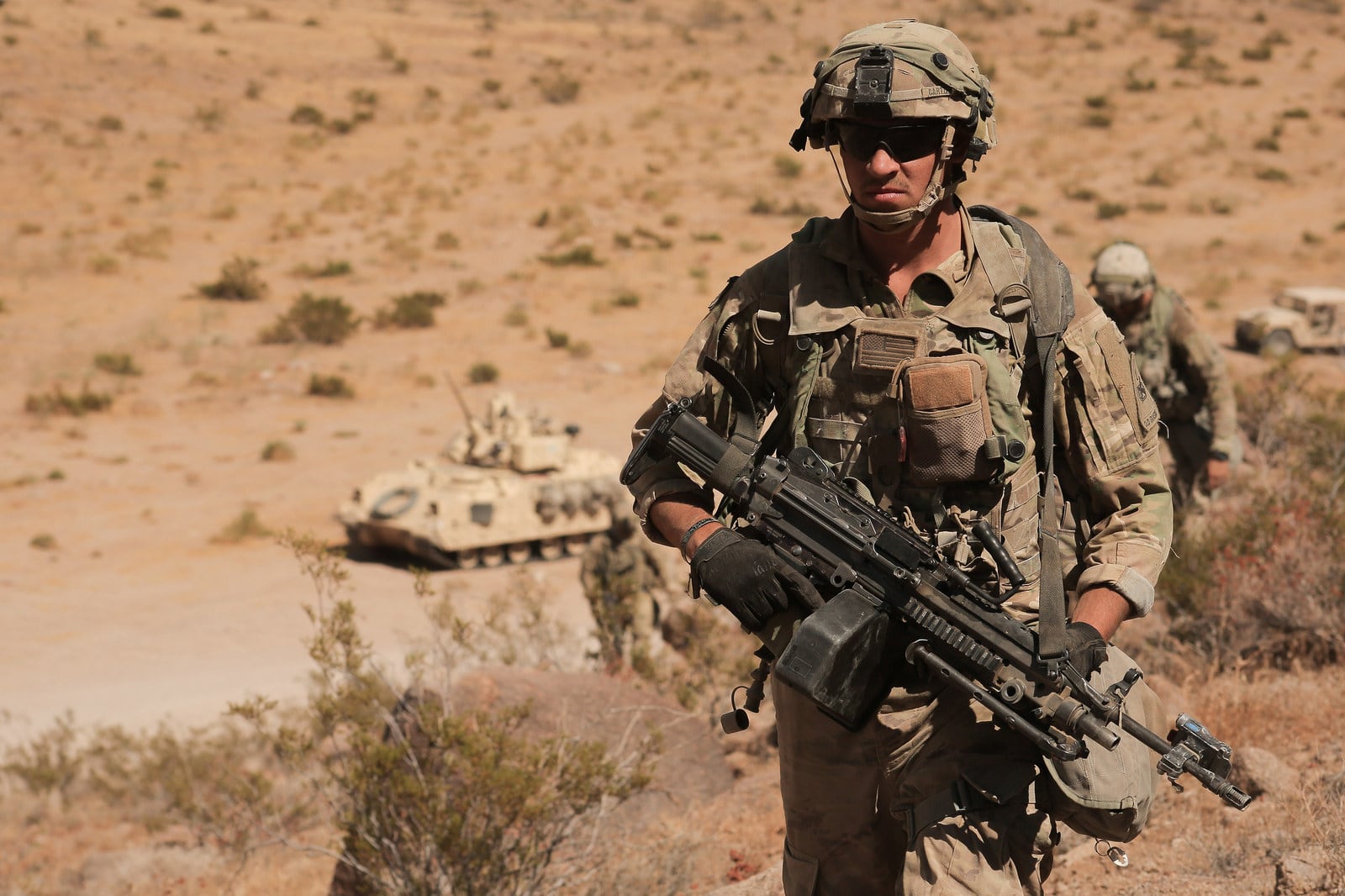
There are decisions to make about how to grade the test, for instance, so units from the active Army, Army National Guard and Army Reserve will all try it out, with soldiers from every MOS and in every organization from U.S. Army Pacific to Army Medical Command to Army Special Operations Command giving their feedback.
Likely, Frost said, the test will be recorded on a point scale, the way the current APFT is. And now, rather than categories for gender or age, the scale might be according to MOS or unit type.
About half of the field study units will focus on MOS standards, while the other half will make suggestions about unit type.
And that standard will have to be on top of a rock-bottom score for service in general, with a new policy on whether failure will get you a discharge or force you to reclassify into a job or unit whose standards you can meet.
There are also discussions to be had about how this test will incentivize good performance, the way maxing the APFT now can get you promoted more quickly.
“All those decisions are going to be made after we look at this data through the lens of the field study,” Frost said.
And during the field study, he said, units will take one APFT for the record, then spend the rest of the year training to take a pilot ACFT, which will not be graded.
Once that wraps up in late 2019, the service will have until no later than October 2020 to start running the real thing.
One decision that’s already been made, Frost added, is that because there are no age-based standards for this test, field-grade leadership will be held to the same standards as their joes.
“You must pass the Army Combat Fitness Test to have the privilege to lead soldiers as a commander or command sergeant major at the battalion or brigade level,” he said.
At the same time, TRADOC will continue its Holistic Health and Fitness Program. While FORSCOM’s SRT only barely resembles the new ACFT, the lessons learned from the equipment and physical training support provided to units during that pilot will endure.
Starting later this year, 30 FORSCOM battalions will get a team of experts ― a dietitian, a physical therapist, a strength and conditioning coach, either in uniform or civilians ― to push out the unit PT efforts that will support soldiers in acing the ACFT.
“Part of the doctrine is at least three garrison exercises and field exercises in domains that allow you to train,” Frost said. “If you’re in the field or you’re deployed, we will have exercises that will be done in the field that will be able to replicate your ability to perform on the ACFT.”
RELATED
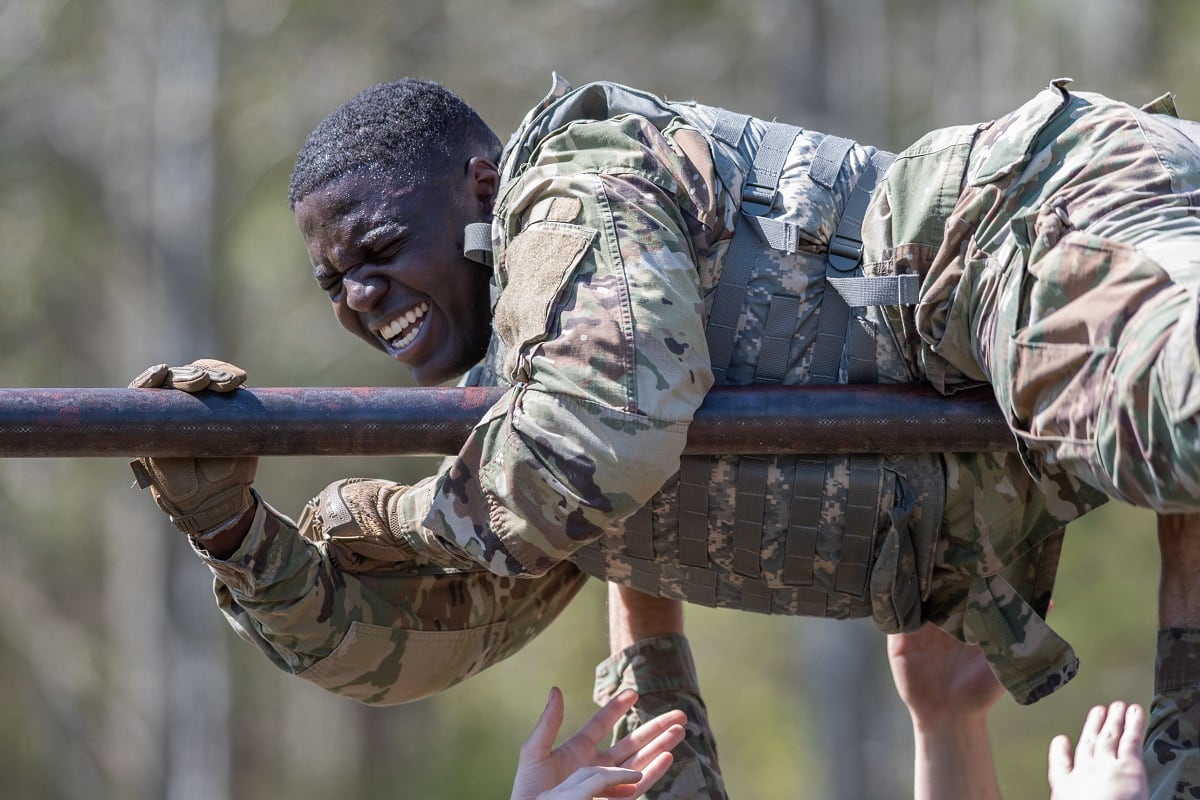
The hope, Frost added, is that in the coming years, prospective soldiers will train for the OPAT before they join, then transition into a service-wide health culture that emphasizes workouts, recovery, sleep and nutrition, reducing injuries and attrition in the service of building and maintaining combat effectiveness.
“The ACFT is new to the Army, but this type of test is a continuation of what the new soldiers are taking to get into the Army,” he said. “This will directly connect fitness with the combat readiness of our soldiers.”
Meghann Myers is the Pentagon bureau chief at Military Times. She covers operations, policy, personnel, leadership and other issues affecting service members.




